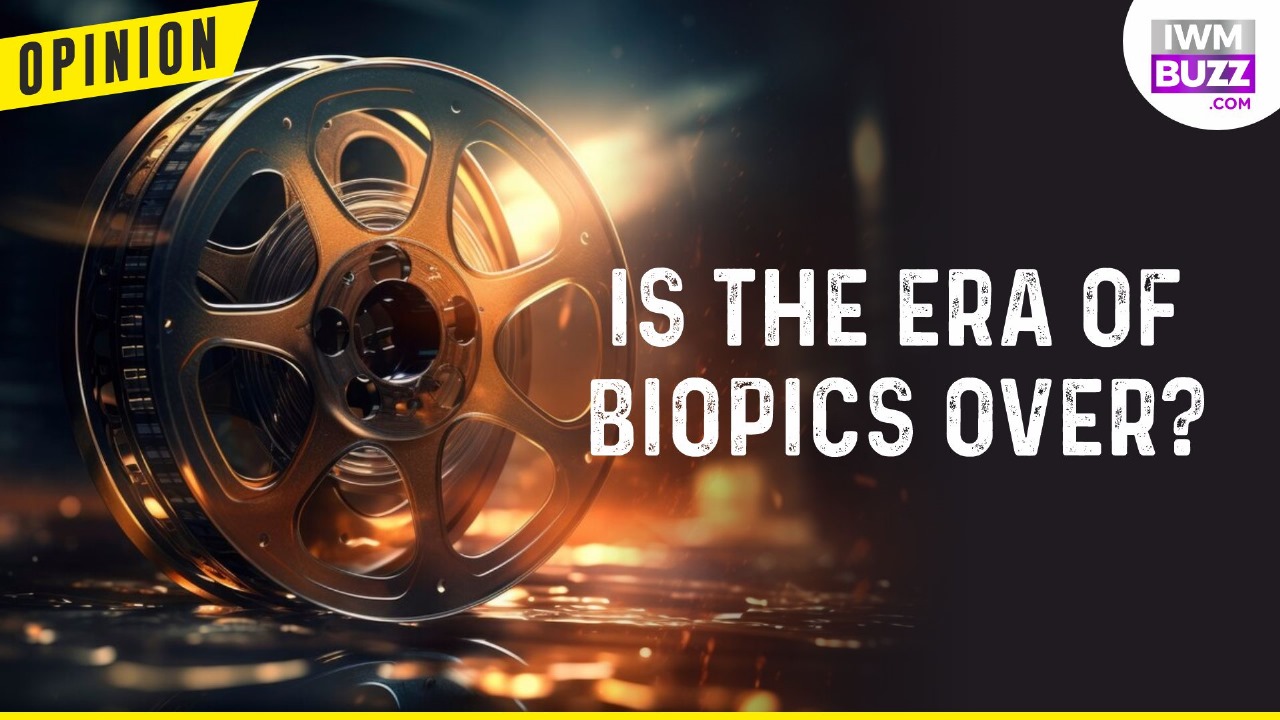Biopics such as “Jodha Akbar,” “Airlift,” “Bajirao Mastani,” “Mary Kom,” and “Bhaag Milkha Bhaag” have enchanted audiences despite their occasional departures from historical accuracy, but we understand ‘creative liberty’. We also have some masterpieces in the pipeline, including “Chandu Champion,” “Sardar Udham,” “Manto,” and “Paan Singh Tomar,” which have garnered acclaim for their exceptional storytelling and adherence to factual integrity.
Yet, there remains an opportunity for refinement in Bollywood’s approach to biographical films. The industry’s fervent pursuit of producing these narratives often needs to pay more attention to the vital necessity of gauging audience interest and relevance. By dedicating greater attention to meticulous research and resonance with viewers, Bollywood can amplify the impact and authenticity of its biopics. This enhanced focus will ensure that these films not only captivate but also inspire and educate, illuminating the profound significance of the lives they portray.
Sad part is the ‘loose’ script, which makes the biopics bland. Also, what is even more tedious is how these biopic filmmakers often get obsessed with making the lead omnipotent. Most biopics tend to eschew the unvarnished truth in favour of a diluted, sanitized rendition. However, why recoil from the jagged edges of reality? Life, after all, is replete with rough edges. People are complex, exasperating, and full of contradictions, yet biopics often distil them into convenient archetypes. Biopics are perpetually caught in this quandary. This is precisely why fiction frequently excels at unveiling ‘the truth’: it is far simpler to fabricate a narrative from the ground up than to distil the essence of ninety years into a mere ninety minutes.
So, what exactly is getting the audience detached from biopics?
First, there is a difference in records! The audience who takes an interest in reading biographies or History has noticed a deliberate difference between what is shown and what is on record.
“Bhaag Milkha Bhaag” (2013) depicts Milkha Singh breaking the 400m world record with a time of 45.8 seconds in 1960, a feat that was merely his aspiration, as the actual record was set at 45.2 seconds by Lou Jones in 1956. “Airlift” misrepresents the Indian ambassador as unforgiving and ruthless, contrary to the compassionate support he extended during the Gulf War of 1990, accommodating hundreds of Indians in the embassy. “Bajirao Mastani” (2015) romanticizes the relationship between Peshwa Bajirao and Mastani, a love story unsubstantiated by historical records. “Mary Kom” fabricates a dramatic climax where Mary Kom fights for the world championship. At the same time, her son undergoes surgery, whereas, in reality, the surgery occurred after her victorious return from the Asian Cup in China. Lastly, “Jodha Akbar” embellishes a love story between Emperor Akbar and Rajput princess Jodhabai, when historically, their union was a political alliance, with Akbar having multiple wives besides Jodha. [Source: Mirchi]
Speaking of biopics, Oppenheimer can’t be missed! However, the movie has showcased that it is raised as fiction and, therefore, out of record. Christopher Nolan’s film “Oppenheimer” presents a gripping portrayal of J. Robert Oppenheimer, the “father of the atomic bomb.” Based heavily on the biography “American Prometheus,” the movie captures the essence of Oppenheimer’s life but takes certain creative liberties. For instance, it implies that the explosion from the Trinity Test went unnoticed, though, in reality, it was visible and felt miles away. The film suggests the atomic bomb was seen as a definitive way to avoid invading Japan, and a rationalization formed post-factum. Henry Stimson’s decision to spare Kyoto is simplistically ascribed to sentimental nostalgia, whereas it was, in truth, a deliberation of profound complexity. The movie casts Oppenheimer as a solitary Cassandra, uniquely attuned to the ominous implications of nuclear weaponry, yet this concern was shared by many of his contemporaries.
The portrayal of Oppenheimer consulting Albert Einstein about Edward Teller’s dire calculations is a dramatic fiction; he turned to Karl T. Compton for counsel. Oppenheimer’s vacillating stance on the hydrogen bomb is rendered with undue simplicity, neglecting his eventual ardent support as advancements emerged. Finally, Charlotte Serber, shown as Oppenheimer’s secretary, was a librarian managing Los Alamos’ classified library. These embellishments and inaccuracies add drama but diverge from historical records. [Source: Business Insider]
Second, sometimes, if you look closely, you see that the biopic characters do not even talk like real human beings! So, here is where we need a balance to look for. To make the audience feel and resonate with the lead and quest inspiration.
Third is to say that while actors gravitate towards biopics, lured by the promise of ‘legend’ glory. If you talk about ‘Mary Kom,’ more than Mary Kom herself, you think of Priyanka Chopra first. But what do these films truly offer the rest of us? The audience? The very essence of biopics is inherently flawed. They rigidly adhere to a predictable formula—an inciting incident, a neatly packaged narrative, and a path to redemption. Yet, real life defies such simplicity, brimming with unpredictability and complexity.
However, when crafted with meticulous attention to detail, biopics transcend mere storytelling to become luminous beacons of education and inspiration. They possess remarkable potential for the intricate journeys of real life, granting audiences a profound comprehension of illustrious historical figures and momentous events.
By deftly balancing dramatic flair with factual fidelity, biopics enchant viewers while preserving the veracity of the narratives they depict. Biopics serve as portals through which young minds can traverse the annals of history and culture.

